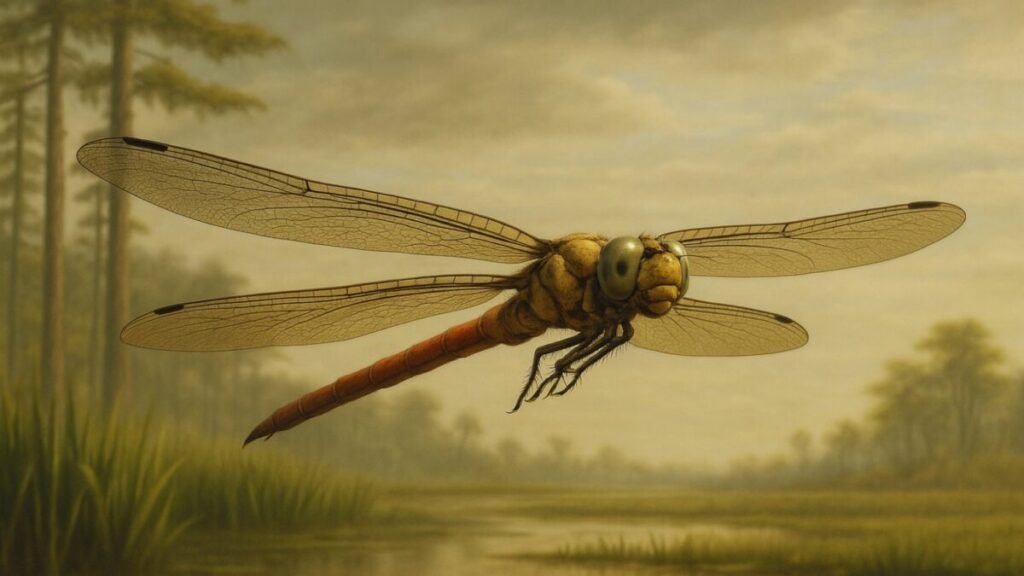The dragonfly that survived time: A 75 million year old fossil changes what we knew about the Cretaceous

In a place dominated by dinosaur fossils, a tiny wing has challenged the classic vision of the late Cretaceous in North America. An unknown dragonfly, preserved in stone for offers a unique window into a lost ecosystem and raises questions about the evolution of insects.
A winged creature that doesn’t fit in books

occurred in Dinosaur Provincial Park, in Canada, during a university field trip. Far from giant bones, what emerged was the partial fossil of a wing with perfectly preserved vein details. It was the first Mesozoic dragonfly found in Canadian soil, and to classify it, researchers created a new family: Cordualadensidae.
Named as , its wings indicate an unusual gliding ability, similar to modern dragonflies that travel thousands of kilometers. With a wingspan of about 12 centimeters, it became a key piece to fill an evolutionary gap of over 30 million years in the fossil record of the continent.
The Cretaceous seen through insects

Until now, Alberta was famous for its dinosaurs, but we knew almost nothing about the insects that shared that world. The new dragonfly demonstrates that these small inhabitants also shaped the ecosystem: they were predators of other insects and at the same time prey for flying reptiles and small dinosaurs.
breaks the idea of a prehistoric forest described only from its major players. Insects, though fragile and difficult to preserve, sustained ecological networks on which the whole system depended.
Science, education, and legacy
The name “acorni” honors the Canadian science communicator John Acorn, a key figure in inspiring the study of insects. The fact that was found by a student also highlights the value of education and scientific curiosity. Sometimes, the most revolutionary discoveries do not come from monumental expeditions, but from attentive eyes facing a common rock.
A past that still holds secrets
confirms that this discovery is not anecdotal: it opens a new line of research in the region. If such a rare fossil could survive in Alberta, what other insects or tiny creatures await beneath the layers of stone?
The Alberta dragonfly not only rewrites the history of its species: it reminds us that the Earth’s past still has hidden chapters, waiting for the right moment to unfold its wings before us.
Source:






